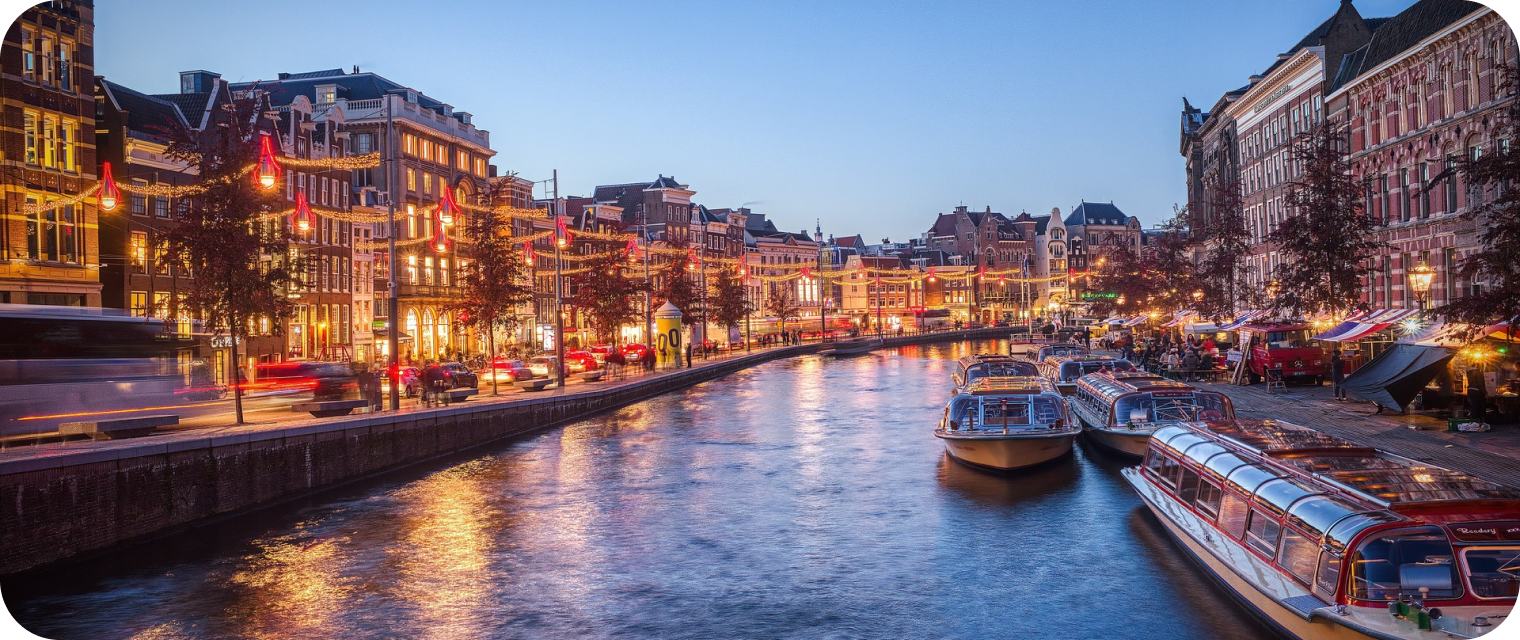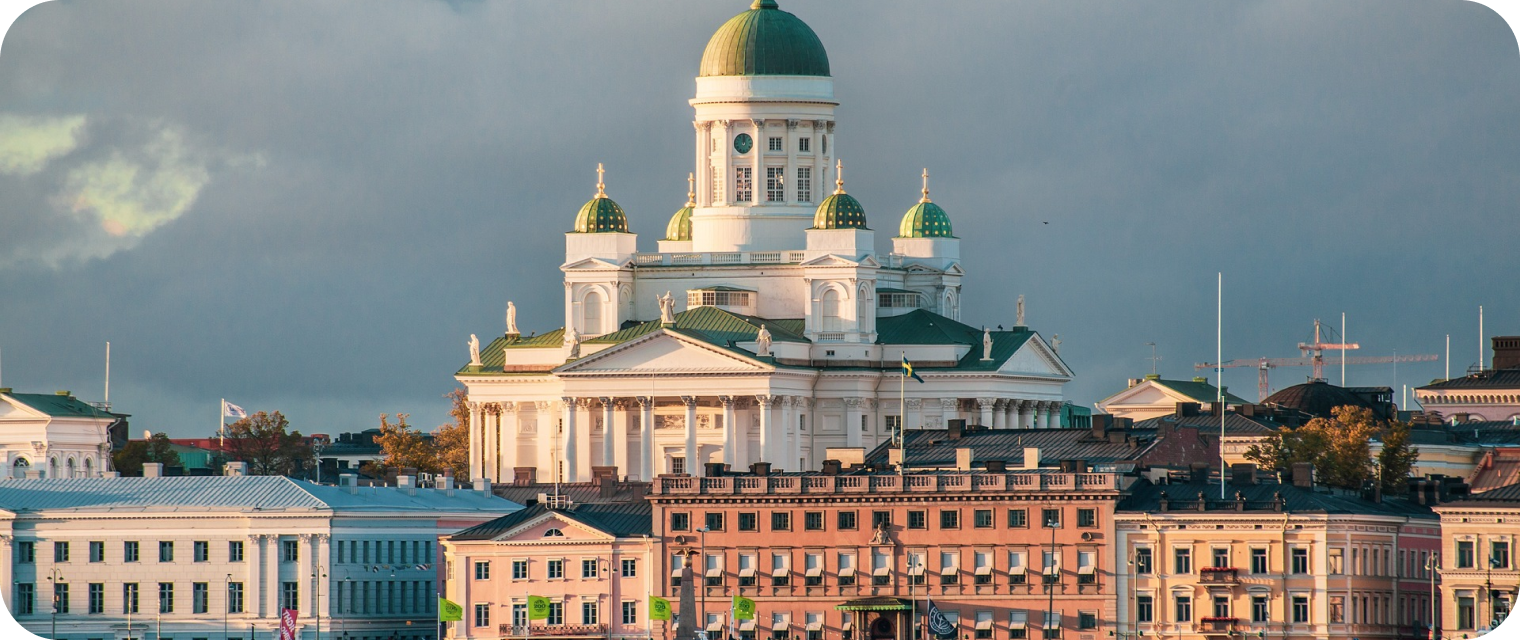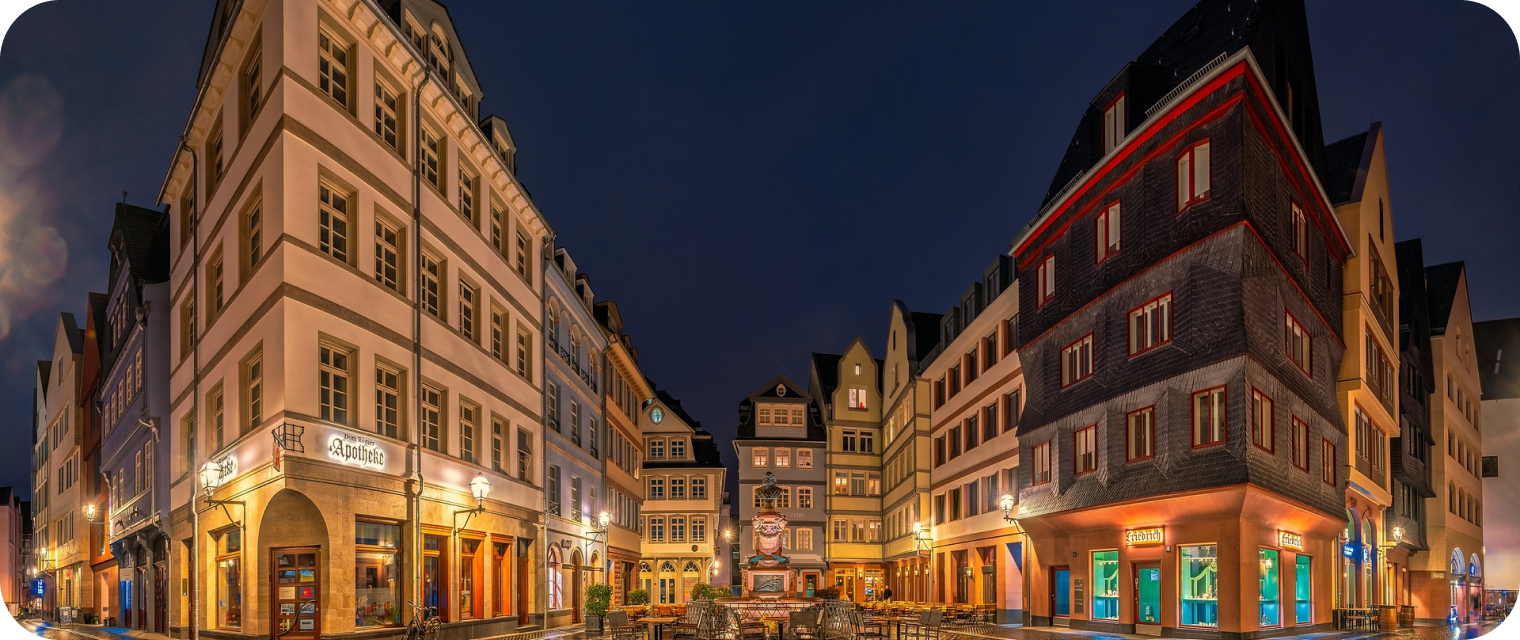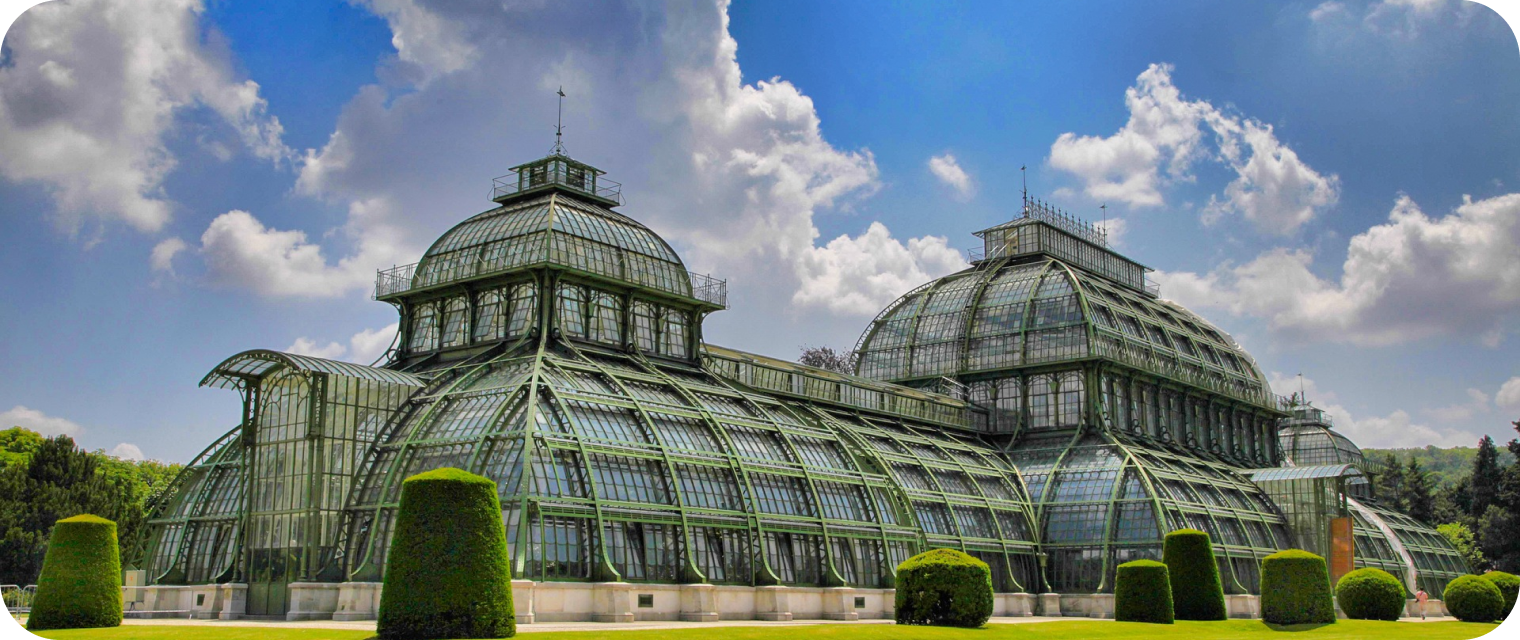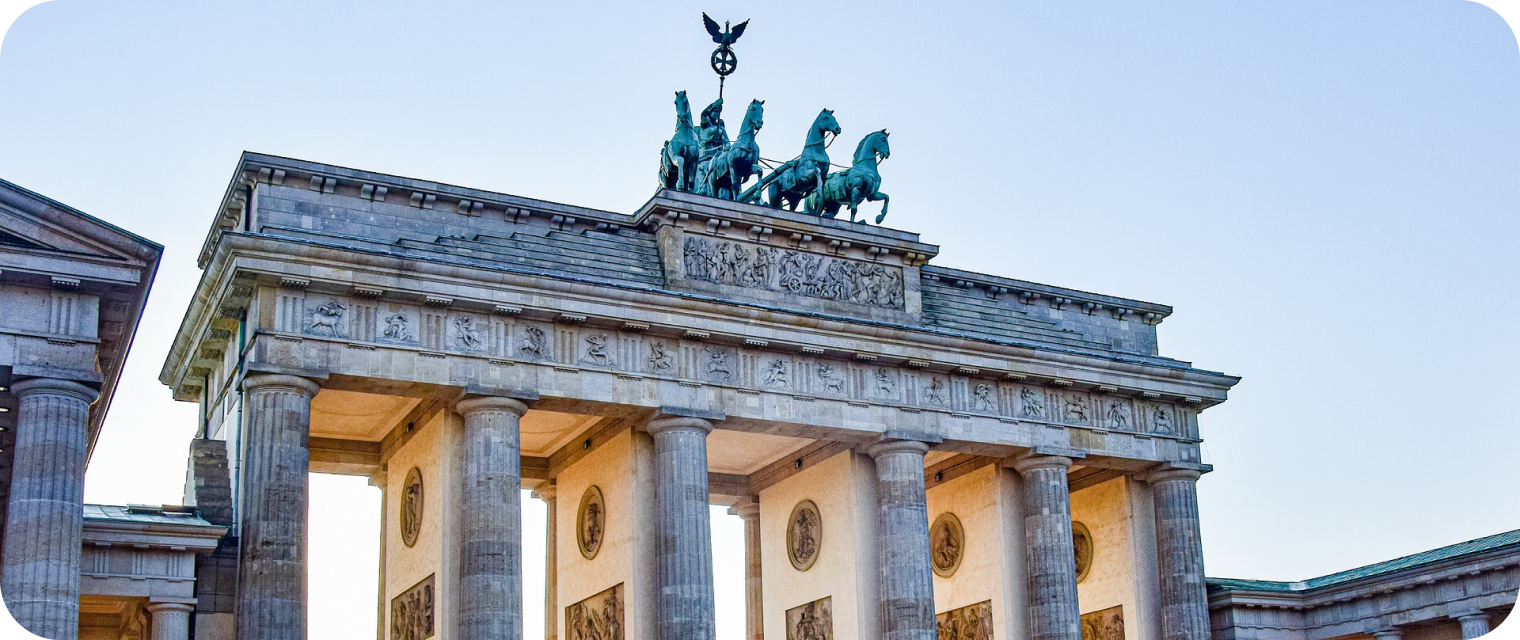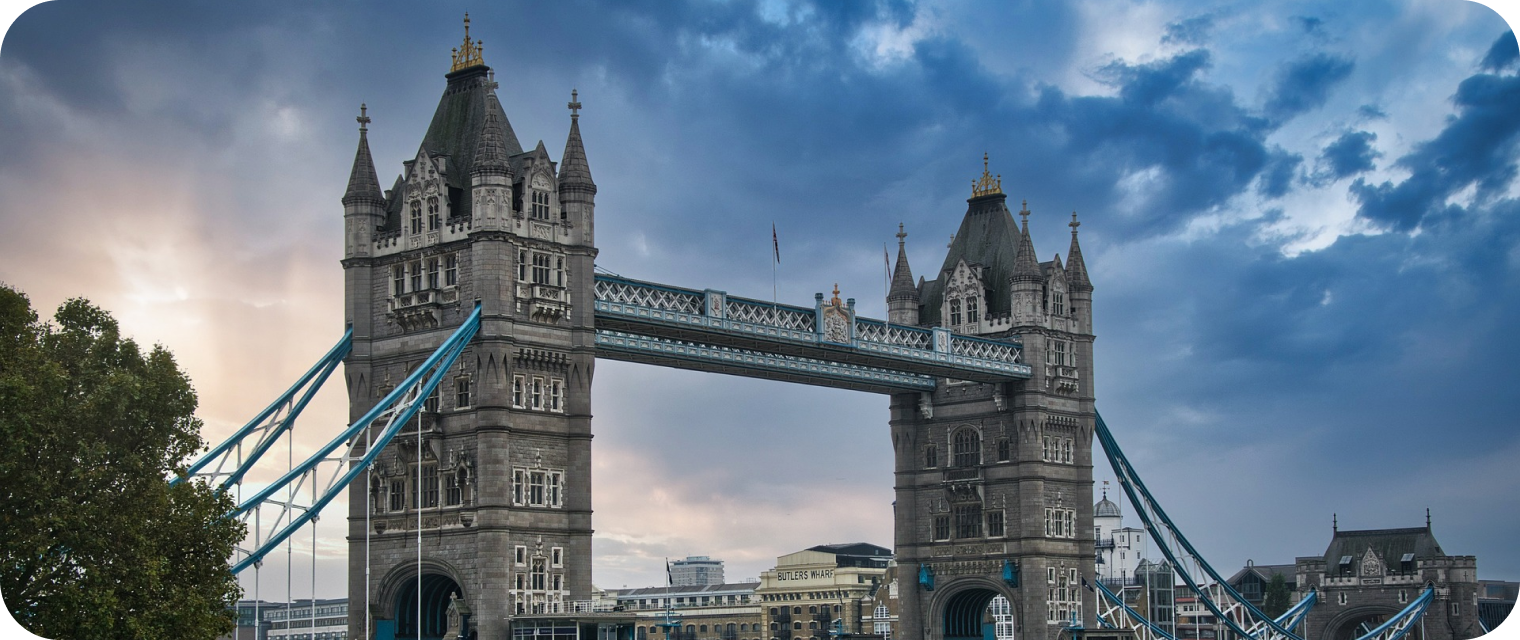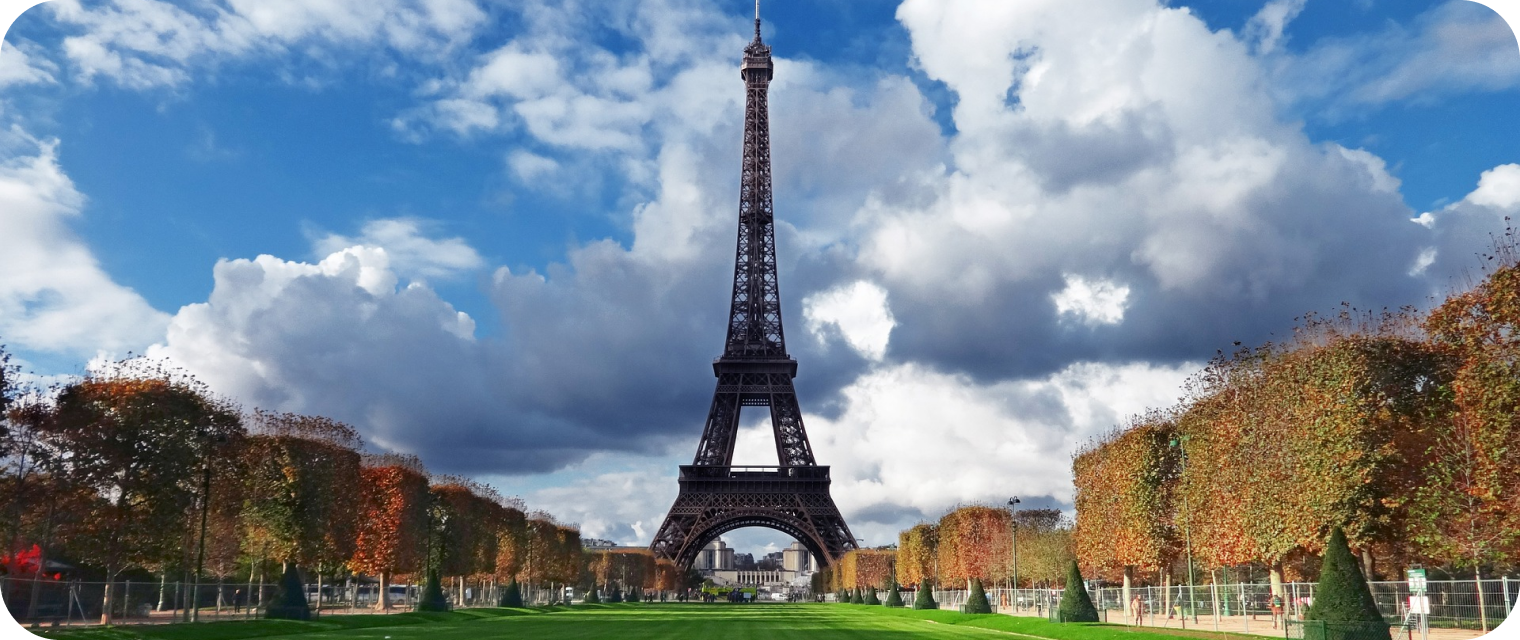Locations
Our flexible training locations
With our different simulator partners and locations, we are completely flexible in offering you a custom-fit solution.
Unlock Your Wings with
DAT Aviation Trainers
Embark on a journey of excellence with DAT Aviation Trainers. Our comprehensive programs, led by seasoned instructors, propel you towards success in the aviation industry. Experience expert guidance, state-of-the-art facilities, and a commitment to safety as you unlock your potential and soar to new heights. Explore our training programs today.
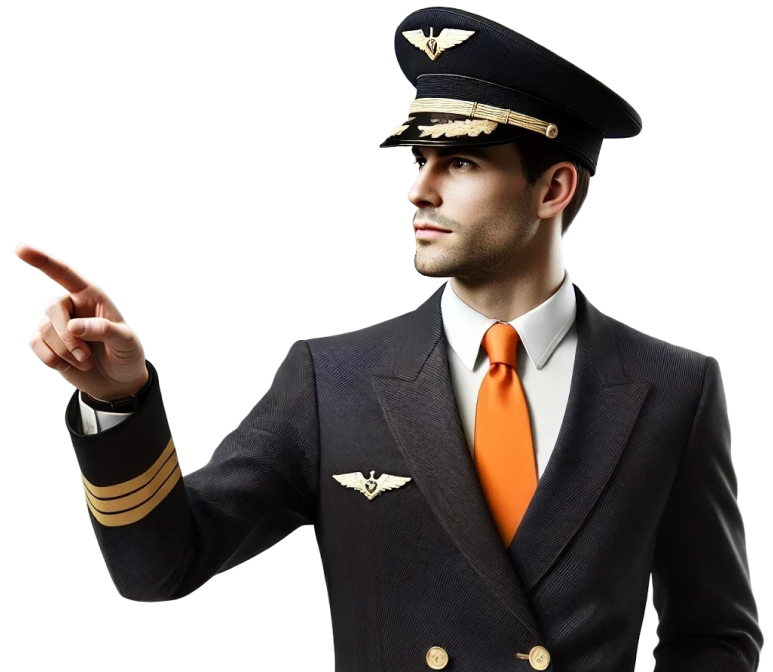
Dutch Aviation Trainers delivers the best training services in a friendly environment at a market-based price.
With more drive, expertise and custom-fit services.
Testimonials
Our Client Success Stories
“Their knowledge about the EMB190 is solid and they are very standard about the procedures.”
AMAS Airlines Uruguay
“The cooperation with DAT during the startup phase has proved essential to achieve our goals during such a critical phase of operations.”
EGO Airways
“I’m glad I decided to work with DAT. Outstanding and high quality training. Experienced, instructive and professional.”
Capt. Rodrigo Maudonnet
“The ease and flexibility in planning the session was great. It fits in the current time we live in, where adaptability and flexibility is required from pilots.”
Devin Scherpenzeel
First Officer EMB 170/190
“Revalidating my EMB 170 rating with Dutch Aviation Trainers was a great experience and I can surely recommend it.”
Johnno the Mebel
First Officer EMB 170/190
“It was a very enriching experience due to the high level of professionalism of the instructors.”
AMAS Airlines Uruguay
Contact Us
Connect with us for prompt assistance
Ready to start your training journey or require additional information? Contact us today to learn more about our programs and how we can tailor our training solutions to meet your needs. Together, we can achieve your aviation aspirations with Dutch Aviation Trainers, where excellence in Embraer training is just the beginning.
If you have any questions,
please contact us by phone or email.

Company
Dutch Aviation Trainers

Phone
+31 85 0410747

info@dutchaviationtrainers.com
